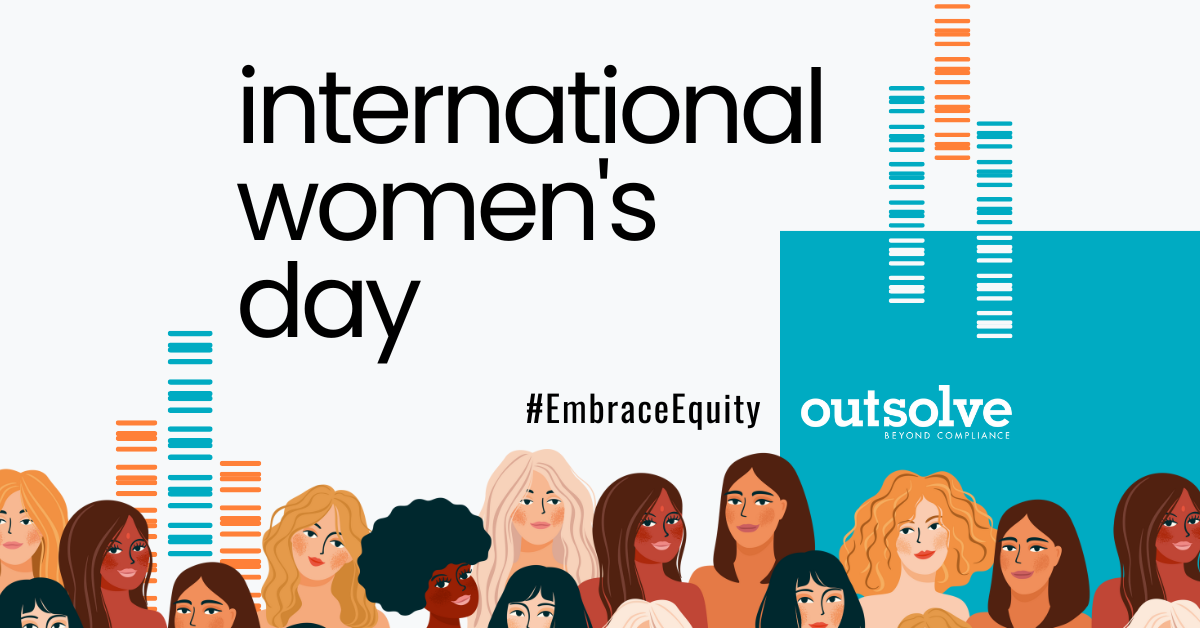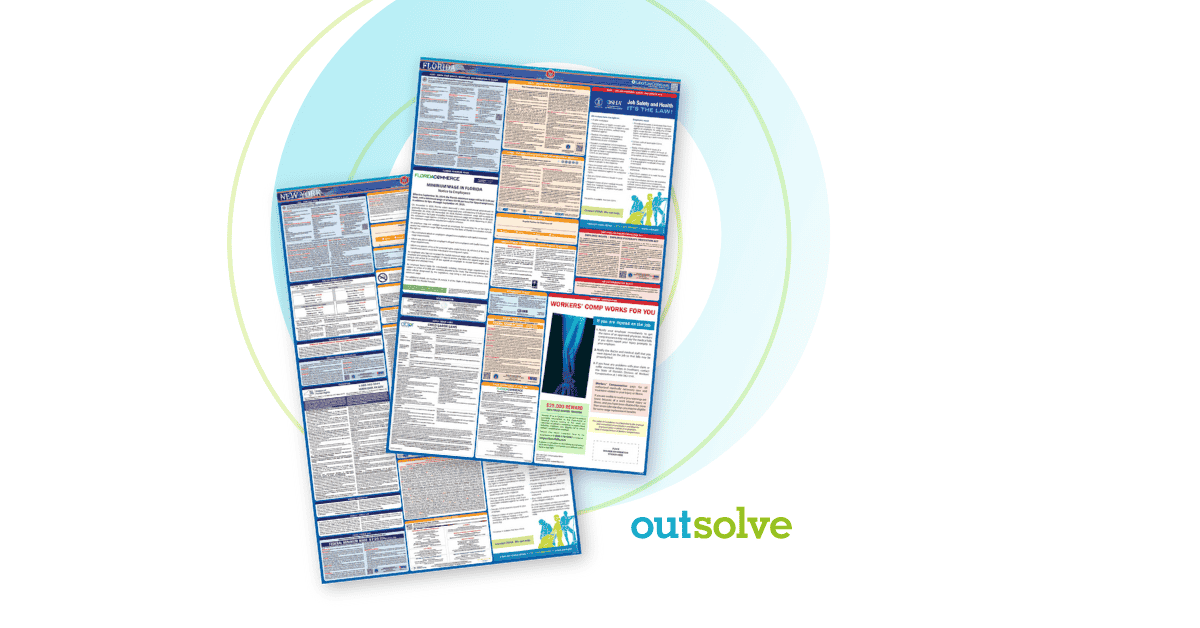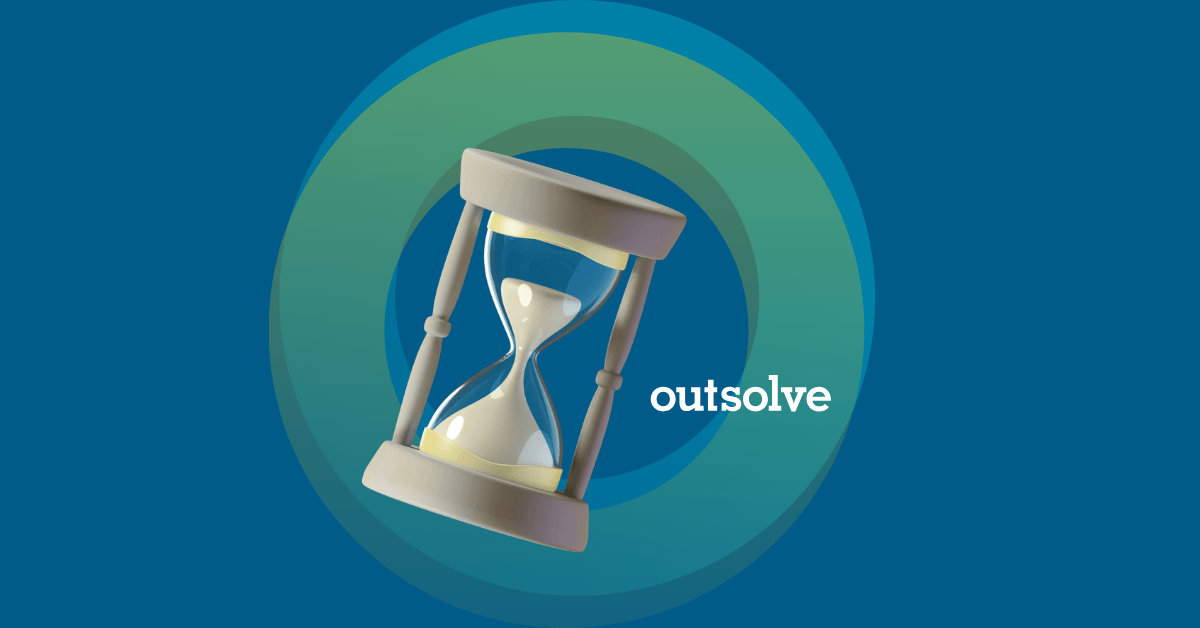5 min read
Why Celebrating International Women’s Day at Work Matters
 Victoria Person
:
Mar 7, 2023 11:30:00 AM
Victoria Person
:
Mar 7, 2023 11:30:00 AM

3 Tips for Celebrating International Women’s Day at Work
Each year on March 8, countless employers make time for celebrating International Women’s Day at work. This important annual event recognizes the social, economic, cultural, and political achievements of women.
But International Women’s Day is also a reminder that there is room for improvement when it comes to supporting women in the workplace. The event’s theme for 2023 is “Embrace Equity” — an idea that recognizes how business leaders are finally giving diversity, equity and inclusion (DEI) initiatives the recognition and resources they need.
Embracing equity is especially important for federal contractors, who are legally obligated to provide equal employment opportunities, regardless of gender. Learn how to celebrate International Women’s Day at work by recognizing women’s accomplishments and fostering woman-supportive workplaces all year long.
3 Meaningful Ideas for International Women’s Day at Work
Celebratory events and tokens of recognition on International Women’s Day are important acts, but they don’t create lasting change. Consider these ideas for creating positive impact to improve the lives of women in the workplace.
Raise Awareness of Issues That Working Women Face
Working women face a variety of issues that men often don’t encounter. These include the gender pay gap, sexual harassment, an unequal share of parenting duties and difficulty finding opportunities for career progression. By shining a light on these issues, businesses foster important conversations — the first step to creating change.
One way to raise awareness is to hold seminars or workshops on a topic that affects women in the workplace. Since childcare disproportionately falls to women, for example, they’re more likely to have gaps in their resumes. Discussing that with recruiters and hiring managers raises awareness of the issue to people involved in hiring decisions.
Another topic might be how men and women are perceived differently, and how that could hold women back. Women who take initiative might be seen as bossy, for example, while assertive men are seen more favorably. Talking about these perceptions jumpstarts a conversation about the downstream effects of unconscious bias — and ways it can be countered at work.
This can be a great way to get employees talking about the issues and what can be done to resolve them. Another way to raise awareness is through social media channels — businesses can share articles, blog posts, videos or infographics on these topics to get the conversation started.
Raising awareness of the issues faced by working women is an important way to create impact on and beyond International Women’s Day.
Host an Open Forum for Female Employees
In honor of International Women’s Day, consider hosting an open forum where women can share their experiences and ideas for overcoming the barriers they face. Appoint someone from HR, the DEI department or a volunteer from the organization’s women employee resource group to facilitate actionable conversations in small groups across the business.
When planning the forum, set ground rules to ensure that participants are respectful and contribute to productive dialogue. For example, all participants in a small-group session should receive a chance to speak, and no one should be interrupted or made to feel uncomfortable. The goal is to create an environment where all voices can be heard and respected.
During these forums, encourage women to discuss what they believe would make the workplace more gender-inclusive. Organizations hosting this type of event send a strong message that they value diversity and are committed to creating a more inclusive workplace for everyone.
Celebrate Women in Leadership Positions
International Women’s Day is a prime opportunity to hear from and celebrate the organization’s female leaders. Encourage women in leadership roles to share their stories, the challenges they’ve overcome and their advice for creating a more inclusive culture.
Take advantage of International Women’s Day to highlight leadership development opportunities within the organization. Businesses can celebrate women in leadership positions while also investing in up-and-coming leaders through mentorship and sponsorship programs. These programs usually pair senior executives with high-potential female employees, helping both groups learn from each other and developing relationships that can last a lifetime.
How to Support Women in the Workplace All Year-Round
Take steps to support and empower women every day, not just on International Women's Day. Commit to creating a more equitable workplace where women can reach their full potential all year round.
Offer Flexible Work Arrangements
It’s no secret that the workplace can be a challenging environment for women. From the gender pay gap to a lack of senior female role models, many women face an uphill battle to career success and growth.
One way to help support women in the workplace is by offering flexible work arrangements. That generally involves changes to traditional working patterns to better accommodate an employee’s personal circumstances. These arrangements take many forms, including work-from-home options or flexible hours.
There are many advantages to offering flexible work arrangements. Offering an accommodating workplace can help with the hiring and retention of talented female employees. It can also boost morale and productivity, as employees who feel supported in their personal lives are more likely to be engaged and motivated at work.
Improve Pay Equity
Women have been fighting for equal pay for a long time, and the gap is even wider for women of color. While progress has been made, the gender pay gap remains a persistent problem around the world. This March, celebrate International Women’s Day with a commitment to improving pay equity.
Start by increasing transparency around pay. Employees should be able to easily see what others in similar roles are being paid. When disparities are discovered, employers should quickly address them. Normalize a culture where employees can talk about pay without fear of repercussions.
Evaluate job descriptions and duties with an eye to gender bias. Are there roles, tasks or responsibilities that are disproportionately assigned to women? Do they correlate with lower pay, thus exacerbating the wage gap? If so, consider changing these rules so men and women have an equal chance at being considered for higher-paying positions.
Entertain and encourage negotiation from women joining the company or seeking promotions. Women are socialized not to negotiate salary for fear of losing the offer, while men are more likely to haggle for a higher rate. Additionally, employers are more likely to look favorably on negotiations from men than from women. Encouraging all employees — not just men — to negotiate their compensation can help close the pay gap.
Invest in training and development opportunities for all employees. Women are underrepresented in leadership roles in part because they lack access to the same training and development opportunities as men. Providing everyone with equal opportunities to learn and grow will help level the playing field.
Remove Barriers to Development
A common barrier to employee development is that the workforce doesn’t know what learning opportunities are available. That’s especially true for women, who are less likely to receive actionable feedback during performance reviews and more likely to receive feedback about their personality. Train managers to have performance-based conversations with every employee. Managers should use these conversations to suggest specific learning opportunities that help team members achieve their goals.
As mentioned above, mentorship programs can be another valuable way to create equitable employee development. These programs can help women understand how to navigate the internal pathways of their organization. These programs also allow mentors to share their knowledge and experience with the next generation of leaders, preserving institutional knowledge for the organization.
Train managers to make promotion and hiring decisions based on merit. This means taking a close look at job descriptions and requirements. They should be examined for any gender bias, whether inadvertent or otherwise. How organizations evaluate candidates might need to change, emphasizing qualifications and experience rather than factors such as gender or biased ideas of culture fit.
Why Building a Women-Friendly Workplace Matters
By providing equitable opportunities for women to succeed, businesses tap into the full potential of their workforce. Here are some of the benefits.
Improves Retention
Inclusive workplaces are committed to creating an environment in which women can thrive and access the same opportunities and resources as their male counterparts — and that’s great for retention.
An inclusive workplace helps to reduce gender bias, encourages diversity in thought and perspective, and empowers female employees to develop their careers in a fair way. Additionally, an inclusive workplace supports female employees in feeling respected, valued and supported, which can lead to higher job satisfaction and commitment to the company.
Increases Productivity
A female-friendly workplace creates an inclusive and supportive environment that allows women to feel safe and secure. This can increase collaboration and creativity among all your employees, which contributes to higher productivity.
By creating a supportive workplace for all genders, businesses can unlock the potential of their workforce and create a more productive environment that drives better business outcomes.
Enhances Employer Brand
Companies need a strong employer brand to attract the best talent in a tight labor market. When employers prioritize gender equality, offer flexible work arrangements and provide family-friendly benefits, they signal their commitment to providing a diverse and equitable workplace.
Employers known for promoting workplaces that support women can attract and retain female talent, which improves culture, sparks innovation and increases productivity. By celebrating International Women’s Day at work and creating an environment that values and supports women, employers can strengthen their reputations and make their business more attractive to job seekers and employees alike.
Victoria is a certified Diversity, Equity & Inclusion (DE&I) professional and a DE&I Consultant at OutSolve. For the past nine years, she created a more inclusive environment at Southern California Gas Company, the nation’s largest natural gas distribution utility and part of the Fortune 300 Sempra Energy family of companies. She has also spent ten years in corporate communications and five years in film and television production. Victoria’s passion is to create workplaces where diversity is valued and inclusion creates a sense of belonging.
Recent Posts
Related Posts

Former DOL Officials Issue Open Letter to Federal Contractors
On April 15, 2025, ten former senior officials from the U.S. Department of Labor (DOL), including past leaders of the Office of Federal Contract...

The Ultimate Guide to Multi-State Labor Law Posters
Human Resources professionals understand how important and challenging it can be to remain updated and compliant with labor laws. This is especially...

Countdown: Final Days of the 90-Day Safe Harbor Period for AAPs
April is here and with that comes the end of the 90-day safe harbor period for federal contractors complying with EO 11246. As April 21, 2025,...


